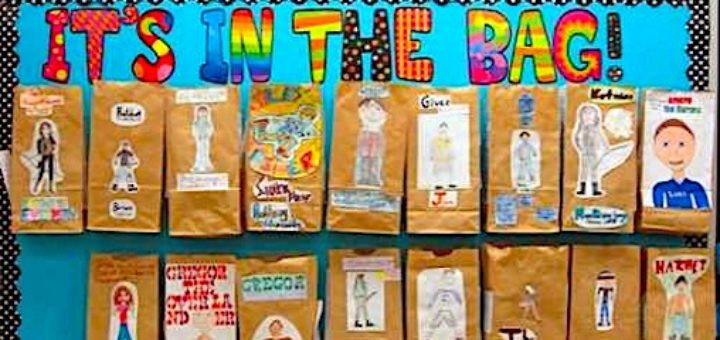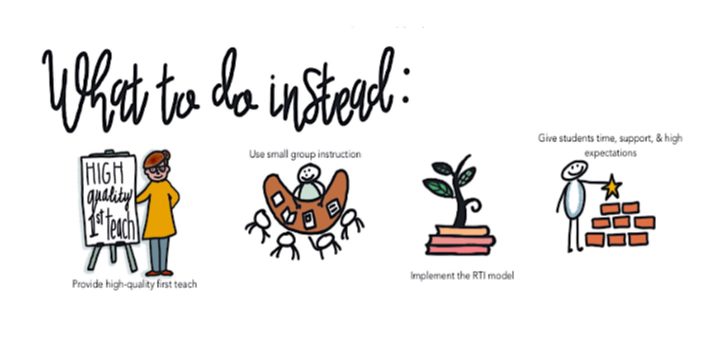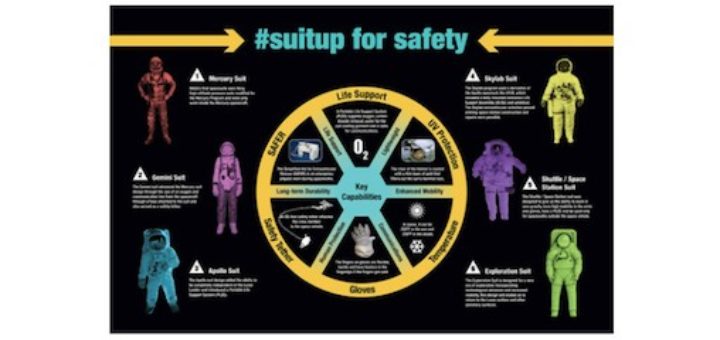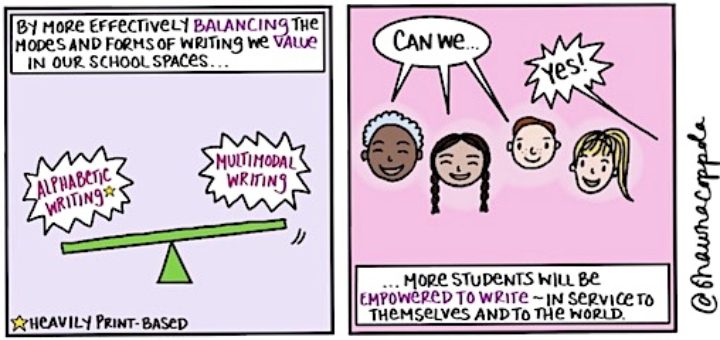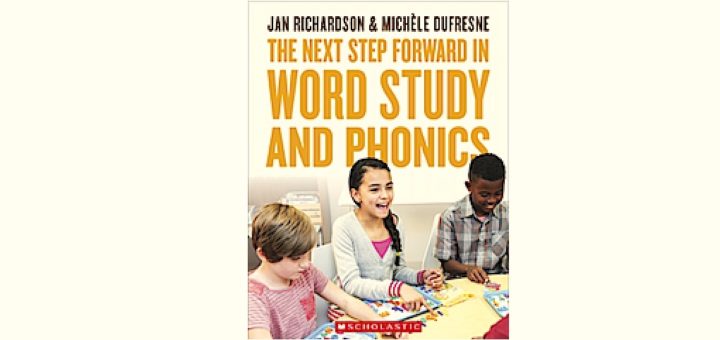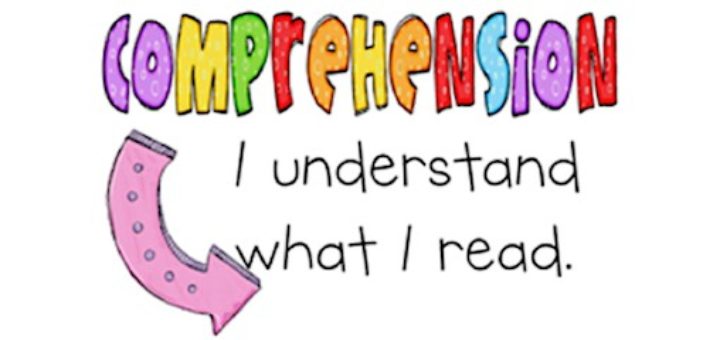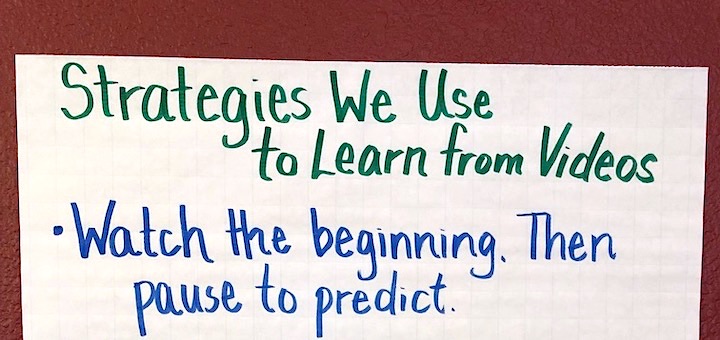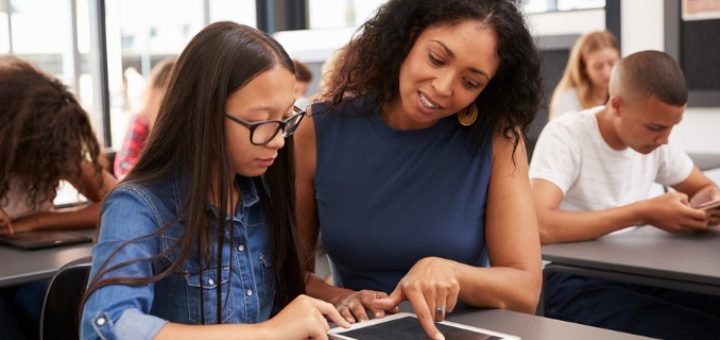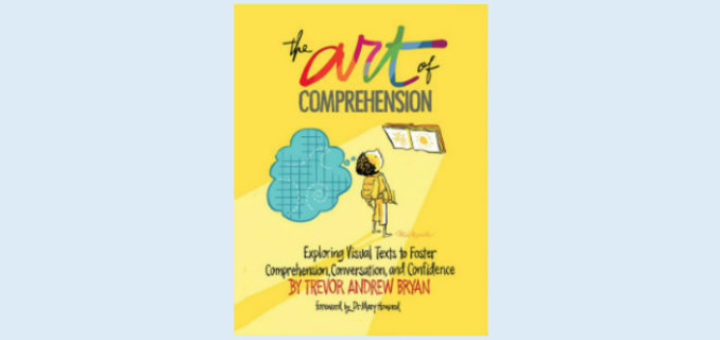Book-in-a-Bag Talks Let Kids Tout Books They Love
Add dimension to student book talks with Lynne Dorfman’s version of the Book-in-a-Bag project. And it works online, as students introduce their books by sharing a paper bag covered in images they recreate from fiction or nonfiction and by pulling out representative objects.

